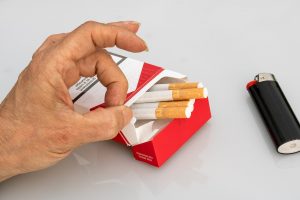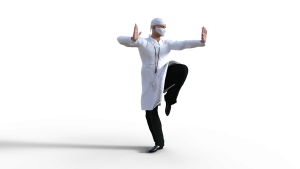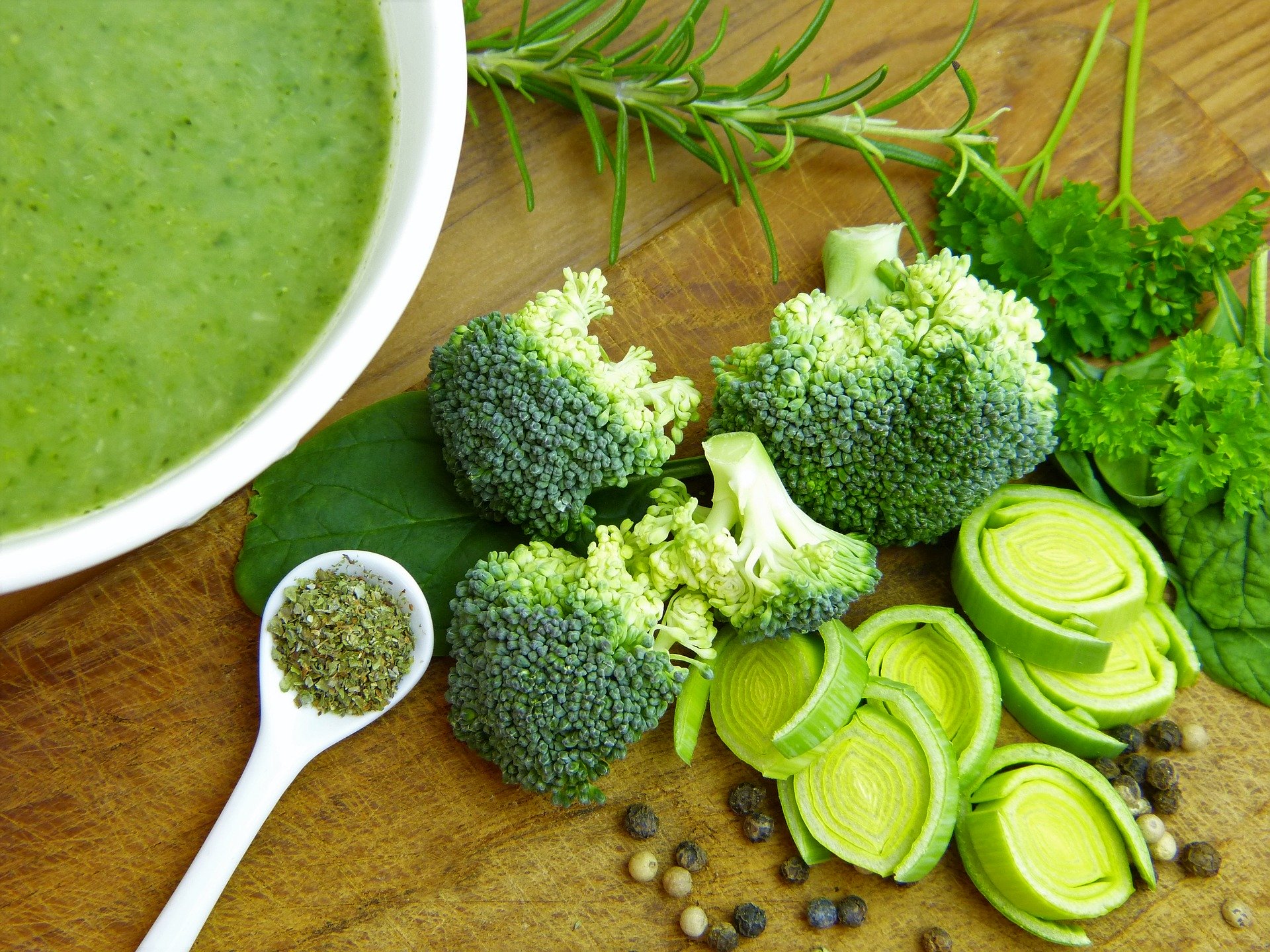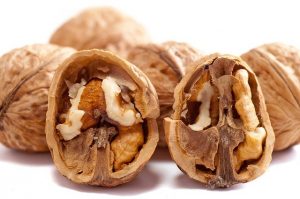
Wearing masks might be the new normal today, but did you know that you should have had one months ago? Believe it or not, masks are a must-have for most people, especially since we deal with pollution and other harmful substances that can affect our lungs every day. It might not seem like it, but prolonged exposure to these things and unhealthy habits can have severe effects later on in our lives.
For you to understand the importance of masks, here are three reasons why you need one:
-
Cleaner Lungs

The common answer for using masks is so that you can protect your lungs and breathe in clean and filtered air. You can avoid a stuffy nose caused by allergens such as pollen or dust. You can also prevent dry coughs by minimizing the risks of getting a cold during the changing of seasons. Another important factor is that filtered air can also shield you from various substances and conditions that will cause lung damage. These can include the following:

- Smoking – Cigarette smoke produces toxic substances that can cause lung damage because it triggers inflammation and destroys air passages and air sacs, as stated by the Lung Health Institute.
- Household Substances – From VOCs, radon to asbestos and mold, there are several materials that can be found in homes that can lead to lung damage.
- Pollution – It can be indoor or outdoor pollution and consistently breathing in these air pollutants can cause lung inflammation, and in worst cases, lung damage.
-
Comfortability

Who doesn’t want to be comfortable anywhere and at any place? By wearing masks with a high quality filter, you’ll have safety assurance since you would be able to protect your lungs from any toxic and harmful substances or viruses. These days, various masks are used to safeguard people from the spread of the coronavirus and other airborne diseases. Not to mention also that during traffic pollution, you can  minimize the risks by wearing masks. For those who drive motorbikes, you are more prone to air pollutants caused by traffic congestion. Thus, it is always better to regularly wear your mask as you travel.
minimize the risks by wearing masks. For those who drive motorbikes, you are more prone to air pollutants caused by traffic congestion. Thus, it is always better to regularly wear your mask as you travel.
-
Long-Term Illness Prevention
Air pollution is something that can be hard to escape. Regardless of where you live, it is all around us. According to WHO , “microscopic pollutants in the air can slip past our body’s defenses, penetrating deep into our respiratory and circulatory system, damaging our lungs, heart and brain.” This is why at least 2.5 million people worldwide die each year from the long-term health effects caused by exposure to air pollution, as stated by National Geographic. Because of deadly lung diseases, heart disease, cancer, and other respiratory diseases, air pollution shouldn’t be taken lightly. For these reasons, you can see how crucial it is to wear a mask. This will help reduce exposure to all these pollutants and prevent any prolonged effects.
If you consider all these three reasons, masks are definitely something you need for a lifetime. As much as possible, avoid inhaling substances that can cause damage to your health. As they say, it is better to be safe than sorry. 













 Cherries
Cherries


